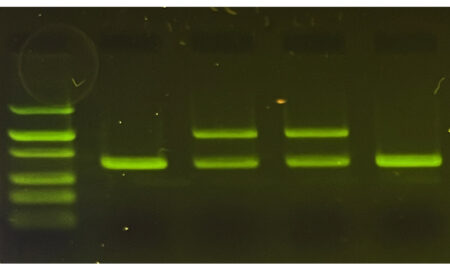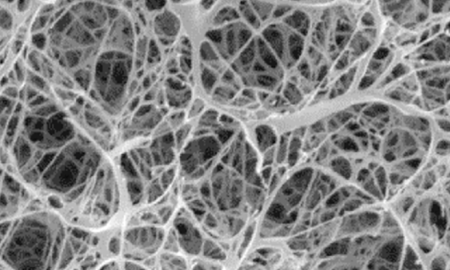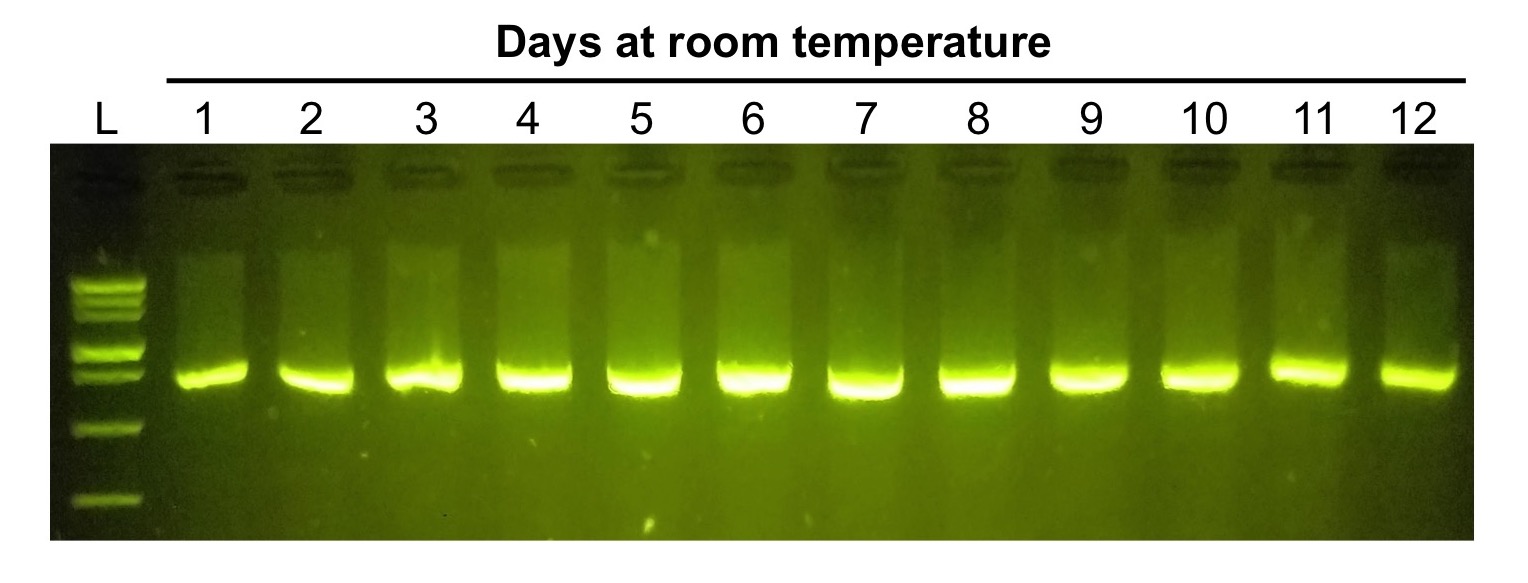What are PCR primers?
This blog post is the first in 4-part series on PCR primers. Elsewhere on our blog, find posts on designing PCR primers, ordering primers, and storing and using primers.
PCR primers are the key ingredient that makes one PCR different from another. PCR primers are short, single-stranded segments of DNA that are designed to be complementary to the beginning and end of the target sequence that will be amplified. In a PCR, it is the primers that dictate exactly what sequence of DNA gets copied.
To design primers, you first need to know the gene or DNA sequence that will be your PCR target sequence. For example, if you are trying to determine whether someone carries the mutation associated with sickle cell disease, you would look up the sequence for the beta-globin gene. Public databases like RefSeq compile known sequences for millions of genes from thousands of different species — and these databases are always growing as scientists obtain and contribute new sequencing data.
A standard PCR uses two primers, often called the “forward” and “reverse” primers. The forward and reverse primers are oriented on opposite strands of the DNA. During a PCR run, the primers will bind to the DNA, bookending the sequence you wish to amplify. DNA polymerase then copies the part of the target sequence that falls between the primers, selectively amplifying your sequence of interest.
 The spacing of your primers determines the size of your “amplicon” or PCR product. PCR can amplify fragments that range from a few dozen base pairs to several thousand base pairs long. Most PCRs, though, especially for diagnostic purposes, aim to amplify fragments in the hundreds of base pairs. Amplicons in this range are easy to manipulate, visualize, and distinguish in the experimental steps that follow PCR (e.g., through gel electrophoresis).
The spacing of your primers determines the size of your “amplicon” or PCR product. PCR can amplify fragments that range from a few dozen base pairs to several thousand base pairs long. Most PCRs, though, especially for diagnostic purposes, aim to amplify fragments in the hundreds of base pairs. Amplicons in this range are easy to manipulate, visualize, and distinguish in the experimental steps that follow PCR (e.g., through gel electrophoresis).
Making sure that both primers fall within some basic parameters and have similar properties is the key to successful primer design. Our next post in this series will explain exactly how to design PCR primers to meet these parameters.
Contributed by miniPCR bio curriculum director Bruce Bryan










